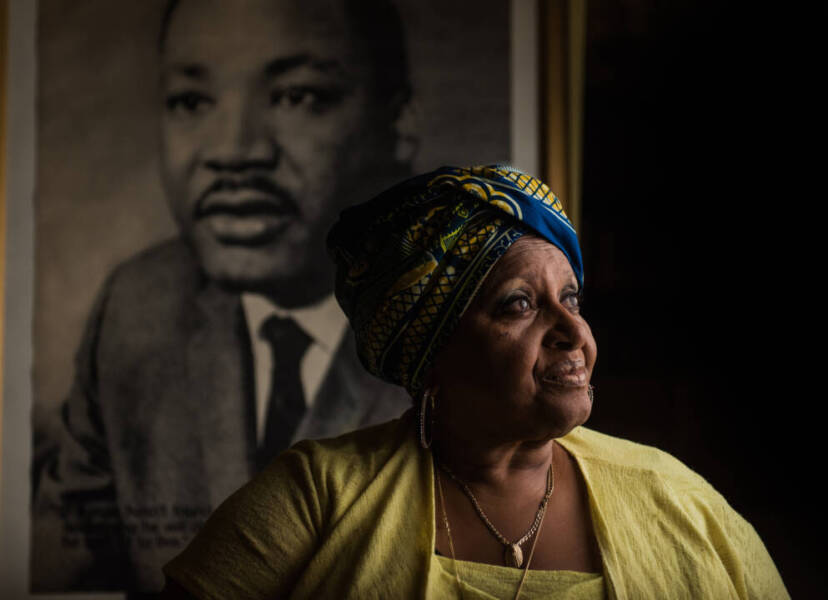
Great Places to Celebrate Black History Month In Canada and The U.S.
February 6, 2021 Jim Byers
Black History Month is an important part of the calendar; a time to reflect on the injustices of our society and to try to make things a little brighter.
Here’s a look at some great places in Canada and the U.S. to explore Black History Month. Be aware that some sites are closed due to the COVID-19 pandemic, but you can always explore on line and visit another day.
CANADA
Ontario
The province of Ontario was the terminus for the Underground Railroad, which allowed U.S. slaves to secretly make their way north to freedom in Canada (which had slavery for years but ended the practice in 1834, a few decades before the U.S.).
Buxton National Historic Site and Museum
This historic area near Chatham is part of the 9,000-acre Elgin Settlement put aside for black settlers in 1849. When I was there, Shannon Prince, a sixth generation resident of the area, showed me the awful wooden compartments (not beds, most definitely not beds) that some slaves slept in as they came to North America. Prince said there sometimes three or four people to a tiny bunk and no washrooms. One can only imagine the conditions.
She also can show off iron shackles that were used to transport slaves, a truly terrible sight to see.
“I feel honoured to be able to tell the story,” Prince told me when I was there a few years ago. “If my ancestors hadn’t survived I wouldn’t be here. But it does get emotional at times, especially when you see things going on today.
“The other day I was explaining the history to someone and I just started crying. Some people just can’t pick up the shackles.”
In addition to the terrorizing images at the museum, there are displays of hope and courage. I was particularly taken with a display about Mary Ann Shadd Cary, the first black woman in North America to operate a newspaper, called the Provincial Freeman.

Sheffield Park Black History Museum
This is a terrific facility is located in Thornbury, Grey County, near Collingwood. You’ll find a series of small homes scattered around the property, and there’s a big barn used to house African artifacts and displays about the chilling horrors of slavery.
One part of the museum displays impossibly racist postcards on display; depictions of black children with their pants down and supposed jokes about eating watermelon. To say they’re offensive is a monstrous understatement.
“I can’t believe these cards,” I told curator and museum co-owner Carolynn Wilson when I was there. She nodded.
“And those,” Wilson replied, “got sent through Canada Post.”
Grey Roots Museum
Just south of Owen Sound you’ll find the marvellous and spacious Grey Roots museum, where they have a display on the area’s black history. There are tales of fully qualified black nurses being refused a job in the area, forcing her to go to Guelph to work.
There’s also a bit that explains how the Ku Klux Klan had meetings in the county as recently as 1926. On the other hand, Owen Sound had a black mayor by 1982.
Chatham-Kent Black Historical Society and Black Mecca Museum
This museum is dedicated to the discovery, research and preservation of the Black history found in the municipality of Chatham-Kent and the city of Chatham. You can learn about talented Black baseball teams and about local artists.
Sandwich First Baptist Church
This church in what is now Windsor was a significant stop along the Underground Railroad. The land was granted to Black settlers by Queen Victoria in 1847.
Uncle Tom’s Cabin

Recognized internationally for his contribution to the abolition of slavery movement, Reverend Josiah Henson – an escaped slave from Kentucky – quickly attained the status of leader within the Underground Railroad community of southwestern Ontario. Famous author Harriet Beecher Stowe referred to Josiah Henson’s memoirs in her famous book, Uncle Tom’s Cabin. This five-acre site near Dresden features historic buildings, extensive artifacts, two cemeteries and a gift shop.
Niagara Falls Underground Railroad Heritage Centre
The centre’s mission is to reveal authentic stories of Underground Railroad freedom seekers and abolitionists in Niagara Falls to inspire visitors to recognize modern injustices that stem for slavery, and to take action toward an equitable society.
Nova Scotia
The province welcomed some 3,000 former slaves who fought for the British after the American War of Independence. Many of those people contributed greatly to the province’s legacy, including William Hall. A Black naval officer, Hall was the first Nova Scotian, the first Canadian sailor and the first Black person to receive the Victoria Cross for bravery.
This community’s fight to be welcomed and respected has not always been easy, however. In the 1960s, the small Black community of Africville in Halifax was demolished and its inhabitants were relocated to public housing projects as part of government plans to redevelop the land for business and industry. In 2010, the Halifax Council made an official apology to Africville’s residents, and helped to establish a museum and a replica of the community’s church.
Alberta
About 300 people settled in Amber Valley, about 170 kilometres north of Edmonton, and the Canadian Encyclopedia notes that the population grew to about 1,000 by 1911, the CBC says. There’s a small museum in the town’s community hall.
UNITED STATES
National Civil Rights Museum, Memphis
The museum complex is built around the former Lorraine Motel, where Martin Luther King Jr. was assassinated in April 1968. Also part of the museum is the building from which his assassin, James Earl Ray, fired the shot. The museum was renovated in 2014, increasing the number of exhibits. (COURTESY USA TODAY)
National Museum of African American Culture and History, Washington D.C.

It’s temporarily closed at this point, but this beautiful facility in the heart of Washington D.C. is one of the most powerful places on earth to learn about Black history. You’ll find amazing displays on black history in the U.S., including, of course, slavery, but also music and sports.
The International Civil Rights Center & Museum Greensboro, North Carolina
The International Civil Rights Center & Museum is located in the heart of downtown Greensboro in the former F.W. Woolworth retail store – the site where, in 1960, four freshmen from N.C. A&T State University sat down at the “whites only” lunch counter and challenged the laws of segregation. Their courageous actions reignited the quest for all Americans to stand up for freedom, justice and equality. ICRCM brings history to life with permanent installation, exhibits, photography, artifacts, video re-enactments and interactive galleries.
Negro Leagues Baseball Museum and American Jazz Museum, Kansas City
The two museums share a building and as part of the 18th and Vine Historic District. The Negro League Baseball Museum was founded by a group of former Negro league players and honors both the players and the role of the league in the community. The American Jazz Museum features interactive exhibits and films in celebration of jazz and its history. (Courtesy USA TODAY)
California African American Museum, Los Angeles
Also temporarily closed due to COVID-19, this is a marvellous museum in the Exposition Park museum district of the city, just south of downtown. The Museum’s permanent collection houses 4,000 objects that span landscape painting and portraiture, modern and contemporary art, historical objects and print materials, and mixed-media artworks. Though the collection emphasizes objects pertinent to California and the American West, it also houses a growing collection of artworks from the African diaspora as well as important works by African Americans from across the United States.
Louisiana Civil Rights
Louisiana Lieutenant Governor Billy Nungesser and the Louisiana Office of Tourism this week announced the launch of the Louisiana Civil Rights Trail and LouisianaCivilRightsTrail.com. The Louisiana Civil Rights Trail brings together the events of the 1950s and 1960s that placed the state of Louisiana at the center of the national Civil Rights Movement and narrates the compelling stories and experiences of the people who dedicated themselves and their lives to making civil rights real in Louisiana.
Maryland

Honour the contributions of African-American heroes with Maryland roots such as Harriet Tubman and Frederick Douglass and plan an inspiring journey along the Harriet Tubman Underground Railroad Byway and other remarkable African-American heritage and history sites throughout the state.
DuSable Museum of African America History, Chicago
Dedicated to the study and preservation of African-American history, culture and art, this museum opened in 1957 and is known for innovative exhibits like Red, White, Blue & Black: A History of Blacks in the Armed Services and Freedom, Resistance and the Journey Toward Equality. (COURTESY USA TODAY)
About the Author


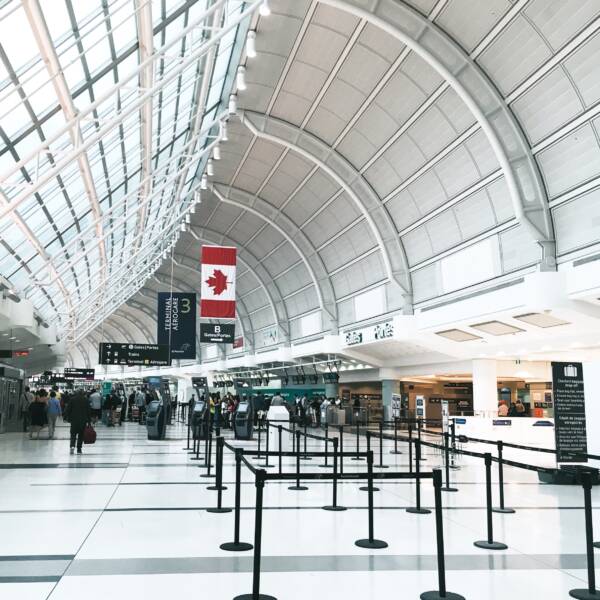
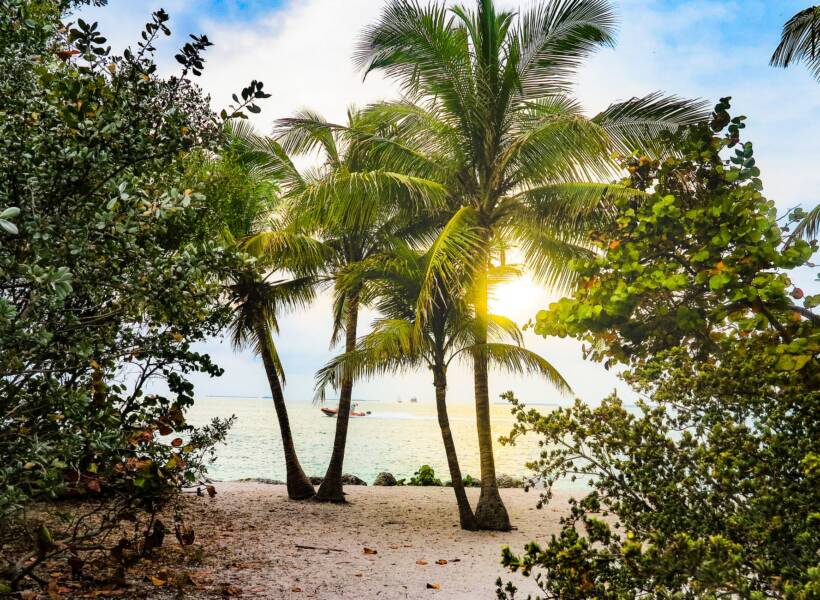



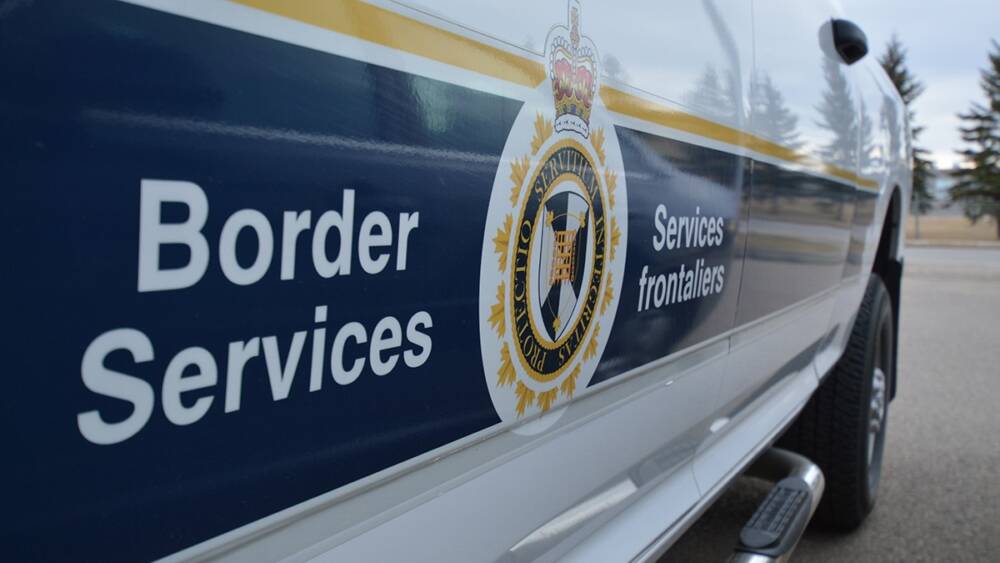



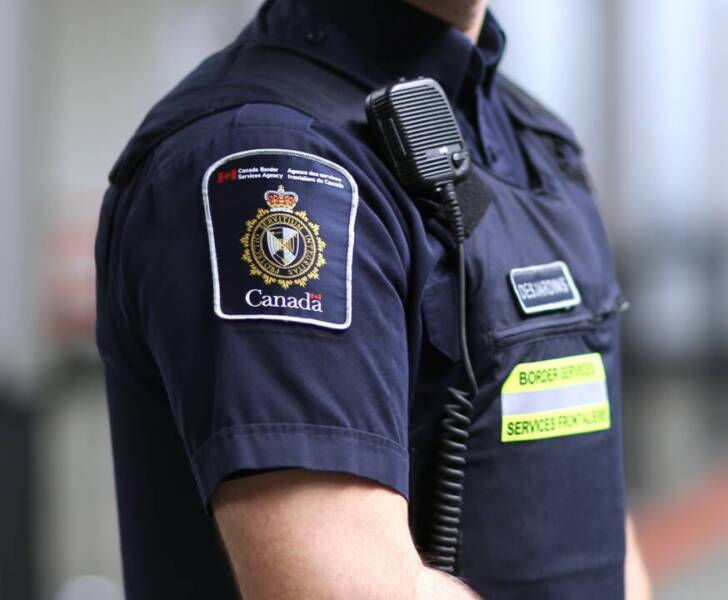

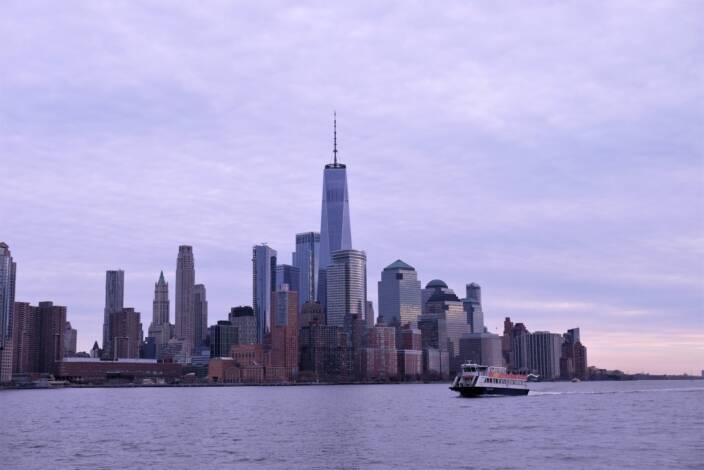

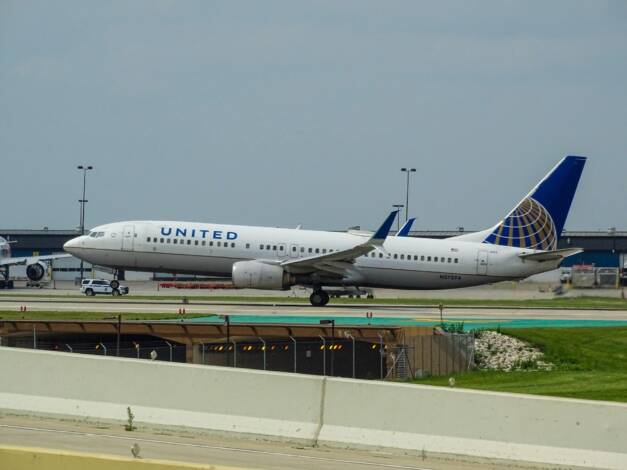




Leave a Reply